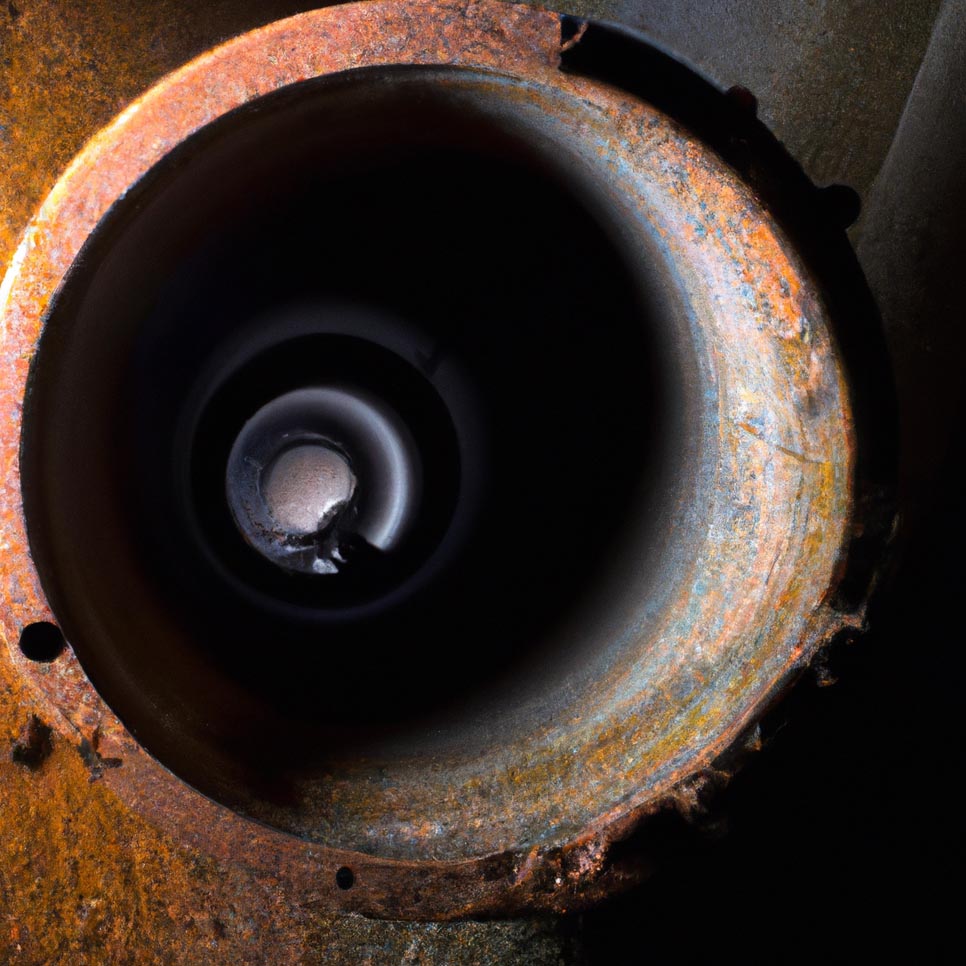
Top 5 Reasons Why Trenchless Pipelining is a Better Choice vs. Digging Up and Replacing Sewer Pipes
Top 5 Reasons Why Trenchless Pipelining is a Better Choice vs. Digging Up and Replacing Sewer Pipes Maintaining a functional and efficient sewer system is essential for the smooth operation of any community. Traditionally, when sewer pipes experienced damage or required replacement, the process involved digging up the pipes, causing disruption, inconvenience, and increased costs. However, with advancements in technology, trenchless pipelining has emerged as a superior alternative. Trenchless pipelining offers numerous advantages over traditional methods, providing a cost-effective, efficient, and environmentally friendly solution. In this article, we will explore the top five reasons why trenchless pipelining is a better choice compared to digging up and replacing sewer pipes. 1. Minimal Disruption and Reduced Cost: One of the most significant advantages of trenchless pipelining is the minimal disruption it causes to the surrounding environment. Unlike traditional methods that involve extensive excavation, trenchless techniques require minimal digging, if any at all. This means that landscaping, driveways, sidewalks, and other structures can remain intact, significantly reducing the disturbance caused to the community. Moreover, trenchless pipelining eliminates the need for costly and time-consuming restoration work after the sewer pipe replacement. The reduced excavation lowers labor costs, as fewer workers are needed for the



